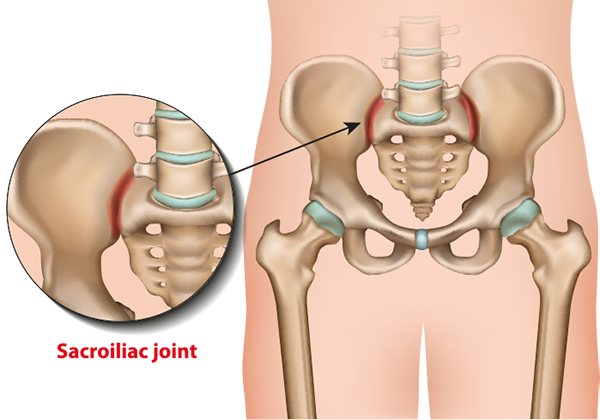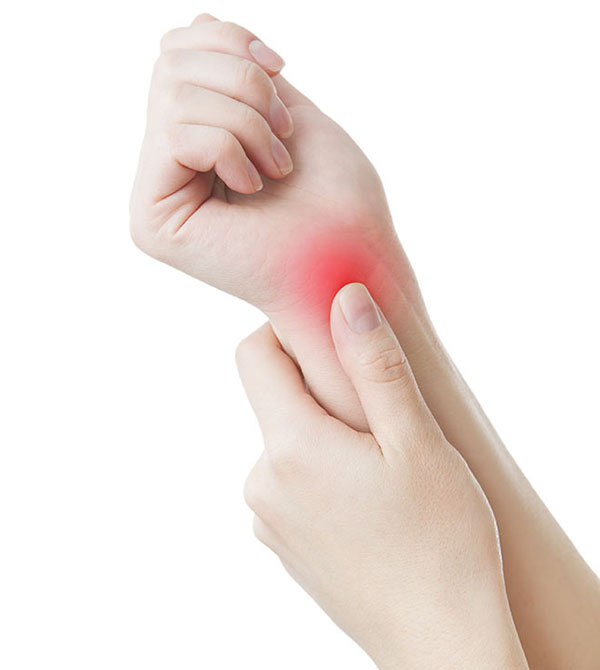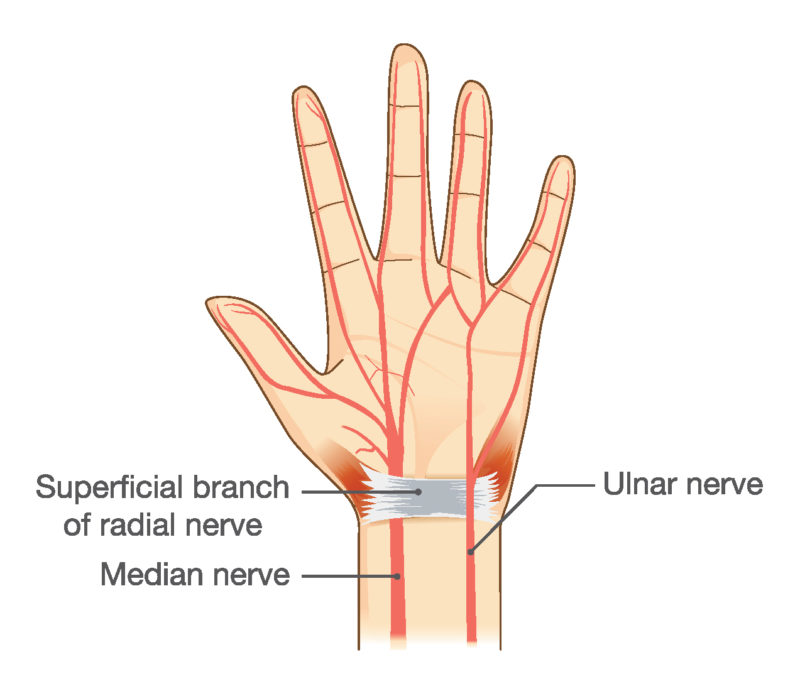
Other

Sacroiliac
From sitting to standing to climbing stairs to running, your sacroiliac joints take a lot of wear and tear every day.
Located between the sacrum (tail bone) and the ilium (hip bone), the sacroiliac joints connect the spine to the hips. The two joints not only provide stability and support to the area, but also absorb much of the impact when walking, running, climbing, lifting.
When you experience sacroiliac joint pain, you will feel it in your lower back and buttocks and is caused when the joint area is damaged either through injury, overuse, or wear. Pregnancy and childbirth can also be cause for sacroiliac joint pain.
SYMPTOMS
Symptoms include:
- Pain that starts in the lower back and buttocks and may radiate to the lower hip, groin, and upper thigh
- Numbness or tingling in the leg
- Feeling of weakness in the leg
TREATMENT
Physical therapy, stretching exercises, pain medication, and steroidal joint injections are used first to manage the symptoms.
If nonsurgical treatments and joint injections don’t provide pain relief, surgery may be recommended. Dr. Soldevilla uses minimally invasive SI joint fusion surgery to stop the painful motion. In this procedure, Dr. Soldevilla makes a small incision at the site and places a titanium implant and bone graft material to stabilize the joint and promote bone growth.
Carpal
Tunnel
Syndrome
Carpal tunnel syndrome is a condition caused by nerve compression in the wrist. The actual carpal tunnel structure is a narrow passageway located on the palm side of the wrist, which protects one of the main nerves in the hand as well as the tendons tasked with bending the fingers.
There are several factors that may contribute to a patient’s carpal tunnel syndrome, including:
- Underlying health problems
- How you use your hand
- The anatomy of the patient’s wrist
SYMPTOMS
Patients who suffer from carpal tunnel syndrome may experience:
- Tingling, numbness, and hand weakness
- Pain in your thumb and first three fingers
- Pain and burning that travel up your arm
- Wrist pain
TREATMENT
Carpal tunnel syndrome is progressive so it’s best to seek treatment as quickly as possible. Patients with mild symptoms may ease their discomfort by avoiding certain activities, taking frequent hand breaks, and using cold packs to minimize swelling.
If these techniques are not effective, more intensive non-surgical treatments may be recommended. These include:
- Intermittent wrist splinting to stabilize the wrist and symptoms
- Non-steroidal anti-inflammatory drugs (NSAIDs) to alleviate pain
- Corticosteroids injections to reduce swelling and inflammation
If none of these treatments remedy the condition, Dr. Soldevilla may suggest surgical intervention.


Ulnar
Neuropathy
Ulnar neuropathy is a common type of nerve entrapment/compression, second only to carpal tunnel syndrome. The ulnar nerve travels from the neck down through the hand and controls sensations and movements on the little pinky side of the hand. While this nerve can become compressed or constricted in multiple places, the most common compression point is behind the interior part of the elbow.
This condition can be painful and result in tingling and numbness in the fingers and hand as a direct result of the excessive pressure on the nerve. Ulnar neuropathy can affect your ability to make fine movements and perform many routine tasks.
The exact cause of ulnar neuropathy isn’t known, but damage to the ulnar nerve may be due to:
- An illness that affects the nerve
- Injury to the nerve
- Pressure on the nerve due to swelling
- Elbow fracture or dislocation
SYMPTOMS
Symptoms include:
- Pain and weakness in your hand
- Loss of grip strength
- Loss of sensation in your hand
- Loss of coordination in your fingers
- Tingling or burning sensation in your hand
In severe cases, the lack of control and sensation in your hand can lead to a claw-like deformity of your hand due to the muscles tightening.
TREATMENT
Although some cases of ulnar neuropathy may get better without treatment, most require some type of therapy. These include:
- Over the counter pain relievers
- Medication to reduce nerve pain
- Corticosteroids to reduce inflammation
- Hand splinting for stabilization and to reduce pain
- Physical therapy to increase strength and function
In cases of extensive nerve damage, extreme pain, or if your condition isn’t improving with non-surgical treatment, surgery may be deemed necessary. The overall goal of the surgical procedure is ulnar nerve decompression, which may include surgery to release or relocate the nerve.
Peripheral
Nerve
Tumors
Peripheral nerves branch off the central nervous system to control functions throughout the body. Tumors, which include neurofibromas and schwannomas, may form on or near peripheral nerves, affecting function.
The vast majority of peripheral nerve tumors are benign, but can damage the nerve and lead to loss of muscle control. They can occur anywhere in the body, but the most common sites include the sciatic nerve (running from the lower back, through the buttock and into the leg), brachial plexus (in the neck), and sacral plexus (above the sciatic nerve).
SYMPTOMS
Symptoms of peripheral nerve tumors are a direct result of the tumor pressing on the nerve. They vary depending on the size of the tumor and its location. Symptoms include:
- Swelling or a lump under your skin
- Pain, tingling or numbness
- Weakness or loss of function in the affected area
- Dizziness or loss of balance
TREATMENT
Treatment for your peripheral nerve tumor depends on the type of tumor you have, what nerves and tissue it affects, and your symptoms. Treatment options include monitoring the condition to see if it grows, and surgery to remove the tumor.
The goal of surgery is to remove the entire tumor without damaging nearby healthy tissue and nerves. Dr. Soldevilla uses several surgical techniques, depending on the tumor’s location, including gamma knife treatment.


